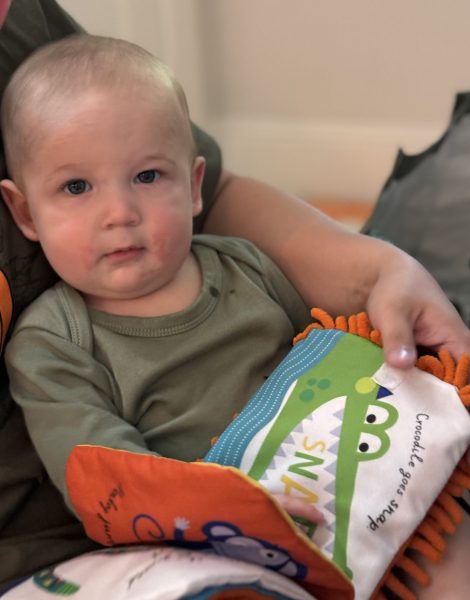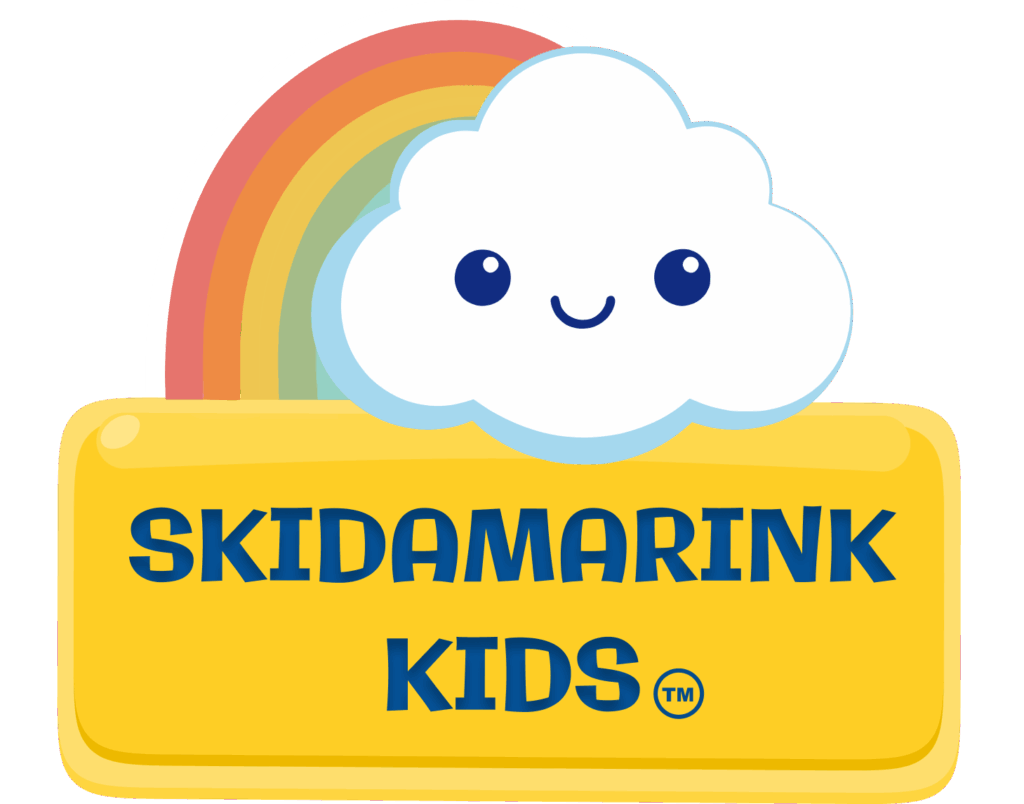One of the most exciting milestones for parents is hearing their little one’s first words and watching them engage in a “conversation” for the first time. But did you know that communication development begins long before those first words? It starts with foundational skills like eye contact, imitation, and play. These early interactions pave the way for your child to express themselves, understand others, and build social connections.
If your toddler isn’t imitating sounds or responding to your attempts at conversation just yet—don’t worry! Simple, playful strategies can encourage growth in these areas.
Let’s dive into four key building blocks for toddler communication:
- Eye Contact: The Gateway to Connection
Eye contact is the starting point for meaningful interaction. It helps your child learn that communication is a two-way street and builds emotional bonding.
How to Encourage Eye Contact:
- Make it a game: Try peek-a-boo or other face-hiding games that naturally encourage your toddler to make eye contact when you reveal yourself.
- Get down to their level: Make eye contact easier by sitting or kneeling at their height during playtime or conversations.
- Use playful exaggeration: React with big smiles or surprised faces when they look at you. Toddlers love seeing your face light up!
- Follow their lead: Notice what captures their interest and respond while making eye contact. For example, if they look at a toy, say, “Oh wow, you found the red car!”
- Joint Attention and Shared Engagement: Building Bridges to Words
Joint attention happens when you and your toddler focus on the same object or activity. It teaches your child to shift their attention between you and their environment,
a skill necessary for conversation.
How to Build Joint Attention:
- Point and name objects: Point to things you see and say their names. “Look! A dog!” This helps your child connect words to objects.
- Playfully exaggerate excitement: Make observations sound fun to capture their attention, like, “Oh wow, did you see that airplane?!”
- Use books as tools: Reading books together offers lots of joint attention opportunities. Point to pictures and let your toddler engage by turning the pages or labeling what they see.
- Follow their focus: If they’re fascinated by something, join them! Say what they’re doing out loud: “You’re rolling the ball!” This keeps them engaged and models language.
- Gestural Imitation: The First Step to Words
Before children use words, they often communicate through gestures—like clapping, waving, or pointing. These non-verbal actions are stepping stones toward verbal
communication.
How to Encourage Imitation:
- Be playful with gestures: Wave goodbye to toys or clap along to a song. Invite your child to copy you in fun, pressure-free ways.
- Use everyday routines: Incorporate gestures into routines like waving “bye-bye” when leaving the house or blowing kisses at bedtime.
- Mirror their actions: When your toddler makes a gesture (like pointing), copy them. This builds a “give-and-take” pattern that strengthens their imitation skills.
- Play imitation games: Games like “Simon Says” (or a simplified version) encourage your child to copy your movements and learn to follow directions.
- Play: The Ultimate Tool for Learning
Play is the perfect context for building communication. It’s where toddlers feel safe to explore, practice new skills, and connect with caregivers. The best part? Toddlers
naturally learn through play!
How to Use Play to Build Communication:
- Follow their lead: If your child is into stacking blocks, narrate what they’re doing. “You put the blue block on top!” This introduces new words.
- Use pretend play: Create scenarios with toys—pretend to feed a doll or drive toy cars around. Pretend play helps build imagination and conversational turn-taking.
- Play with sounds and words: During play, introduce fun sounds like animal noises (“Moo!”) or words related to the game. Encourage them to join in.
- Engage in sensory play: Activities like water play or playdough sessions provide rich opportunities for shared engagement and language development.
What If My Toddler Isn’t Responding Yet?
If your child isn’t yet imitating sounds, responding to your words, or showing interest in eye contact, don’t stress. All children develop at their own pace, but here are some strategies to help encourage communication:
- Create routines: Predictable routines help toddlers feel secure and give them chances to practice communication through repetition.
- Use fewer words: Sometimes, less is more. Instead of long sentences, use short, simple phrases like “Ball! Roll the ball!”
- Model patience: If your child doesn’t respond immediately, give them time. Celebrate small efforts like glancing at you or mimicking a sound.
- Celebrate progress, not perfection: Every little attempt to connect is a win! Respond warmly to any effort, even if it’s just a sound or a glance.
If you’re concerned about your child’s communication development, don’t hesitate to reach out to your pediatrician or a speech-language pathologist for guidance.
Final Thoughts:
Building communication skills in toddlers doesn’t require elaborate strategies—just small moments of connection, play, and patience. Every eye contact, giggle, and shared game is laying the foundation for your child’s ability to express themselves and connect with the world around them.
So, the next time your little one locks eyes with you, waves back, or laughs during play—celebrate it! These tiny moments are the building blocks of something big: your child’s journey into communication and connection.
-Ali








